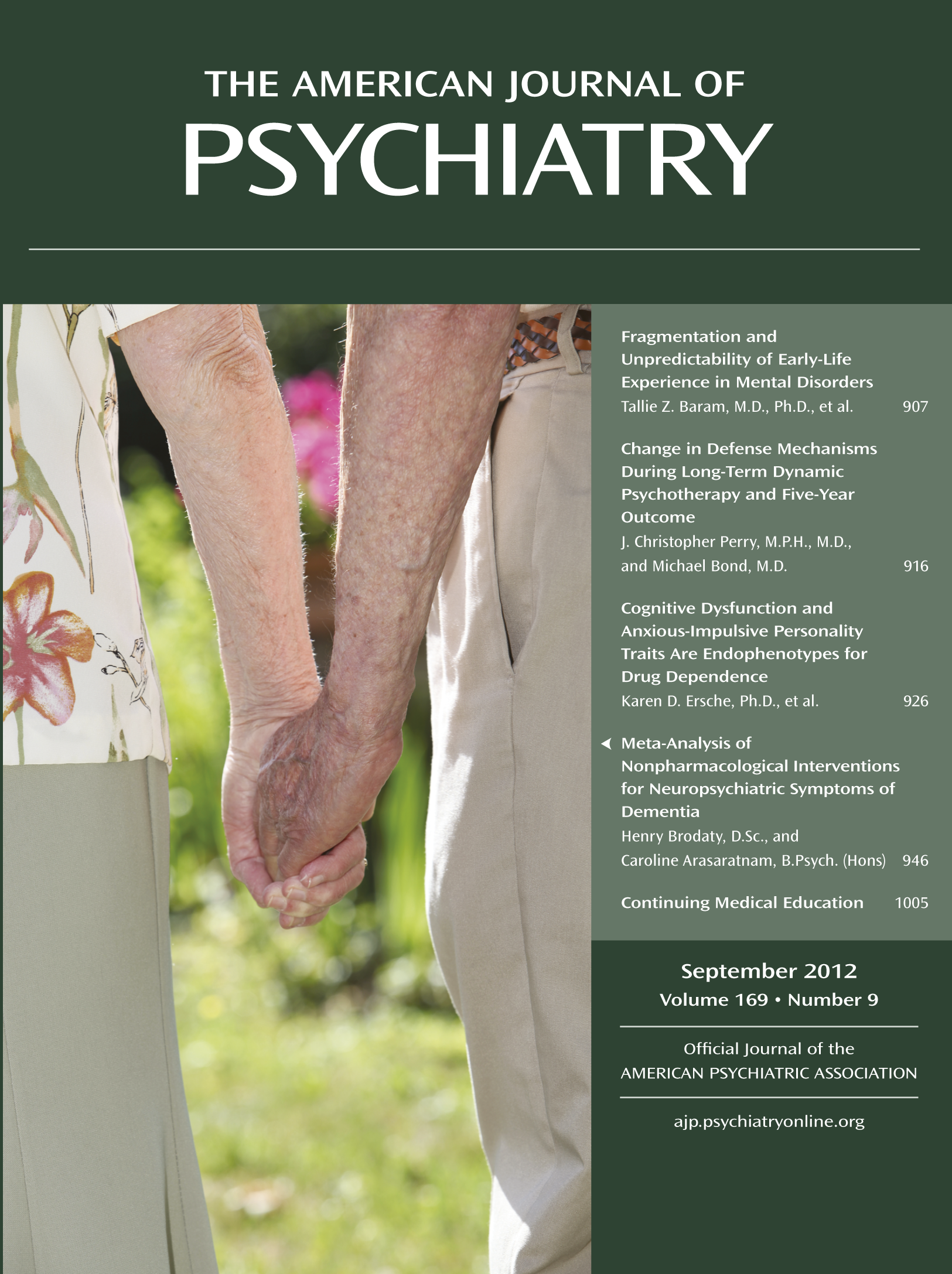T
o the Editor: Dr. Amos raises several points of criticism regarding the TIPS study and our interpretation of the data, as he did previously (
1) in response to abstracts from our group. We thank the
Journal for the opportunity to respond.
First, Dr. Amos points out that patients from the health care area practicing early detection had significantly higher rates of hospitalization at the 5-year follow-up, and he is critical of the fact that we did not thoroughly investigate this possible confounder. This is a valid concern; however, he seems to miss the point that it is the group of patients not in symptom remission (a prerequisite of recovery) who received more inpatient care in the early-detection area. For recovered patients, there was no difference between early and usual detection. Knowing that more hospital time did not lead to better recovery, hospitalization cannot be a confounder.
Second, Dr. Amos questions the finding that while there apparently were no differences in work function at the 5-year follow-up, the early-detection patients had double the chance of full-time employment at 10 years. He goes on to imply that we might have chosen a new measure of “recovery” out of convenience, having made sure that this measure would yield us more favorable results. At 5 years, we used “working at least 20 hours per week” as the employment outcome (
2). At the 10-year follow-up, using a new measure of recovery chosen before data collection and on the basis of recent developments in the field, we looked only at full-time employment. This is a stricter measure and was significantly higher for early detection patients. However, nonrecovered patients had poor working capacity both in early and usual-detection areas, both at 5 and 10 years.
Third, Dr. Amos addresses the finding that more patients from the usual-detection area were living independently. However, living independently is a necessary but not sufficient element in recovery. In fact, as reported in our 10-year follow-up in the April issue, only 17.9% of the patients living independently in the usual-detection area were fully recovered with both symptom remission and full-time employment, compared with 48.4% for early-detection patients. This seems to indicate that living independently does not automatically imply better health and function.
All in all, as we have noted elsewhere (
3), we agree that early detection cannot and should not be presented as a “cure for all.” Nevertheless, our data show that early detection does seem to have long-standing positive associations with outcome measures for a large group of patients, and it improves the chances of recovery. However, for a considerable group of patients, we were not able to demonstrate a long-term effect.

